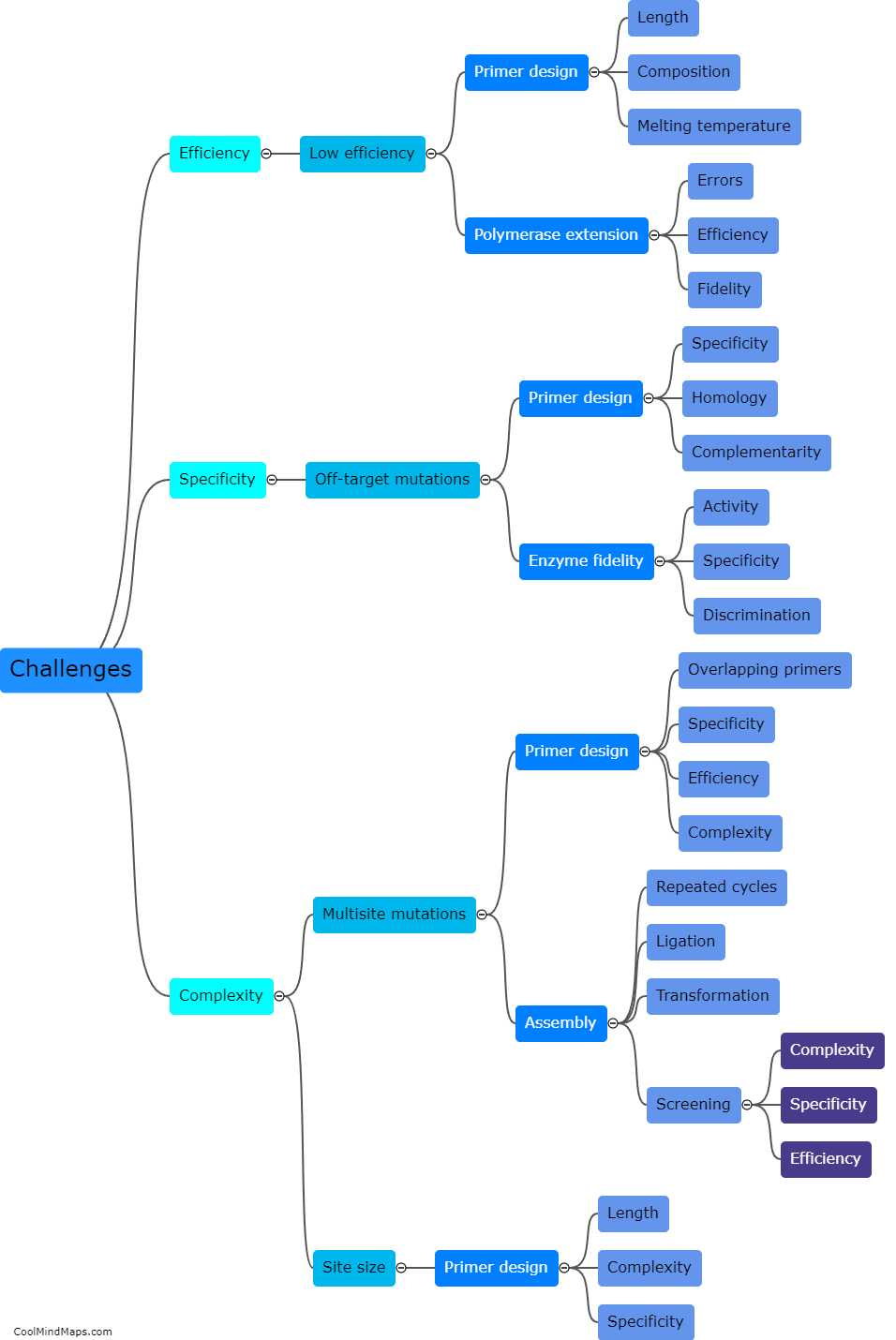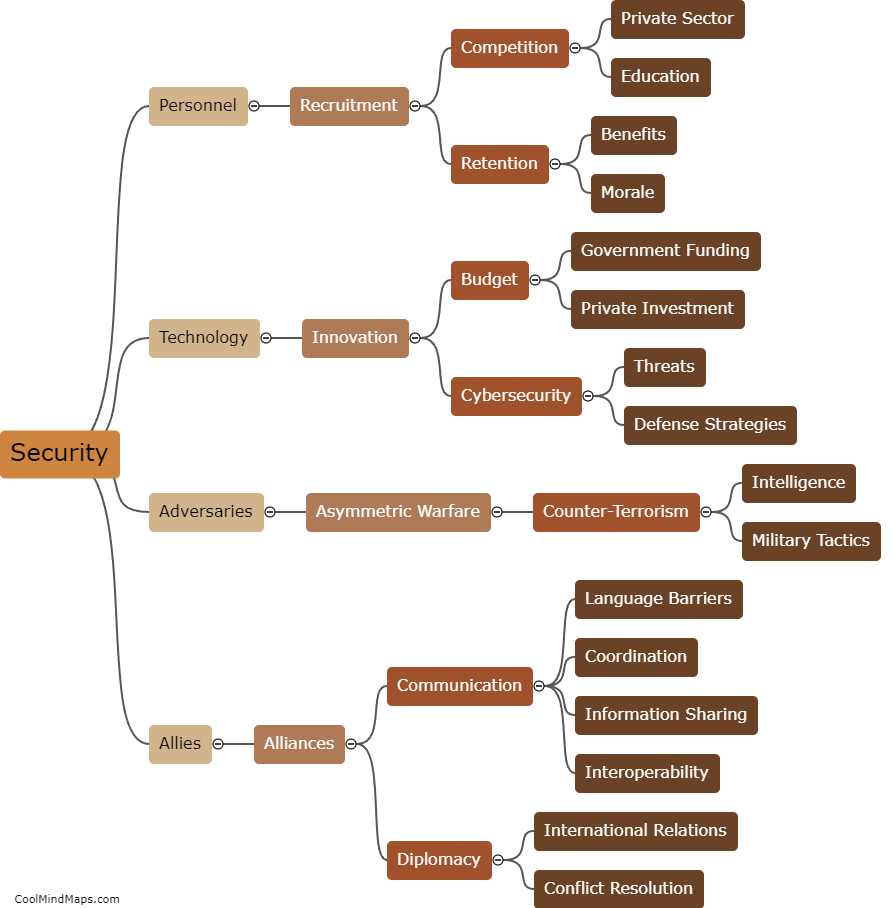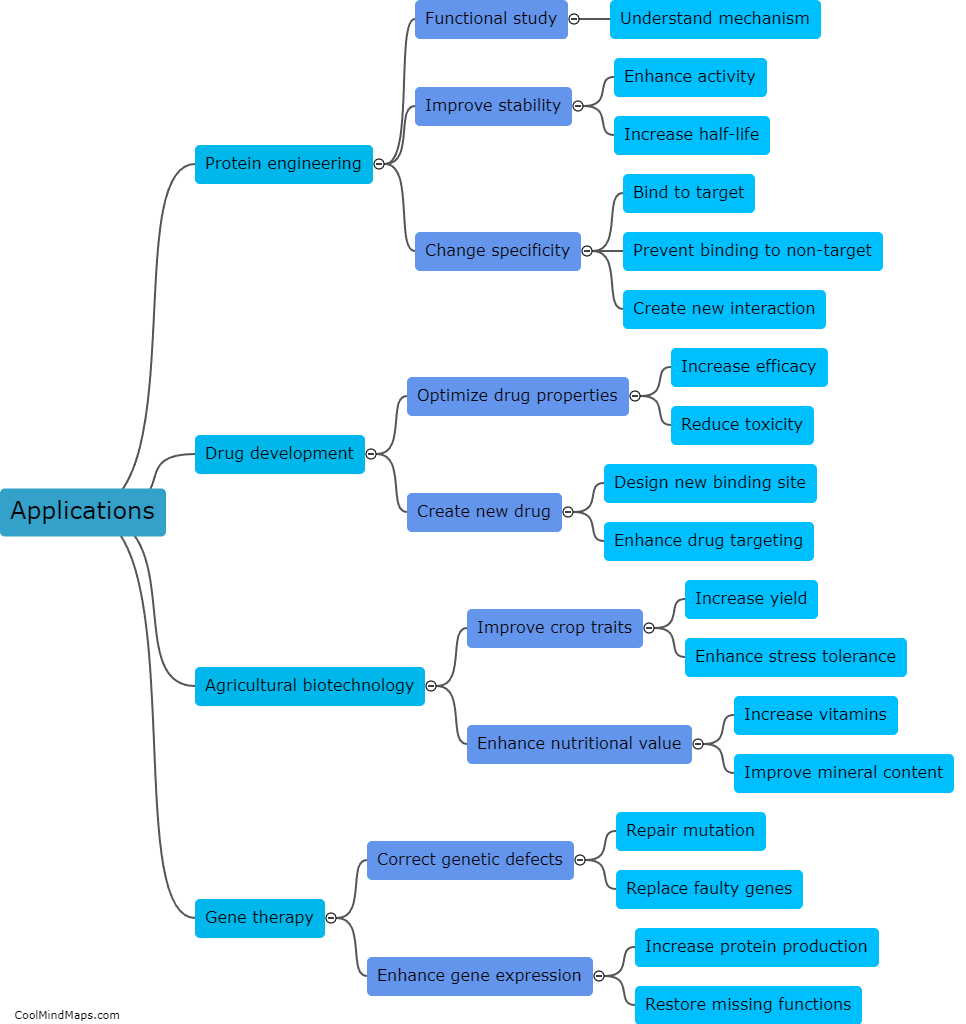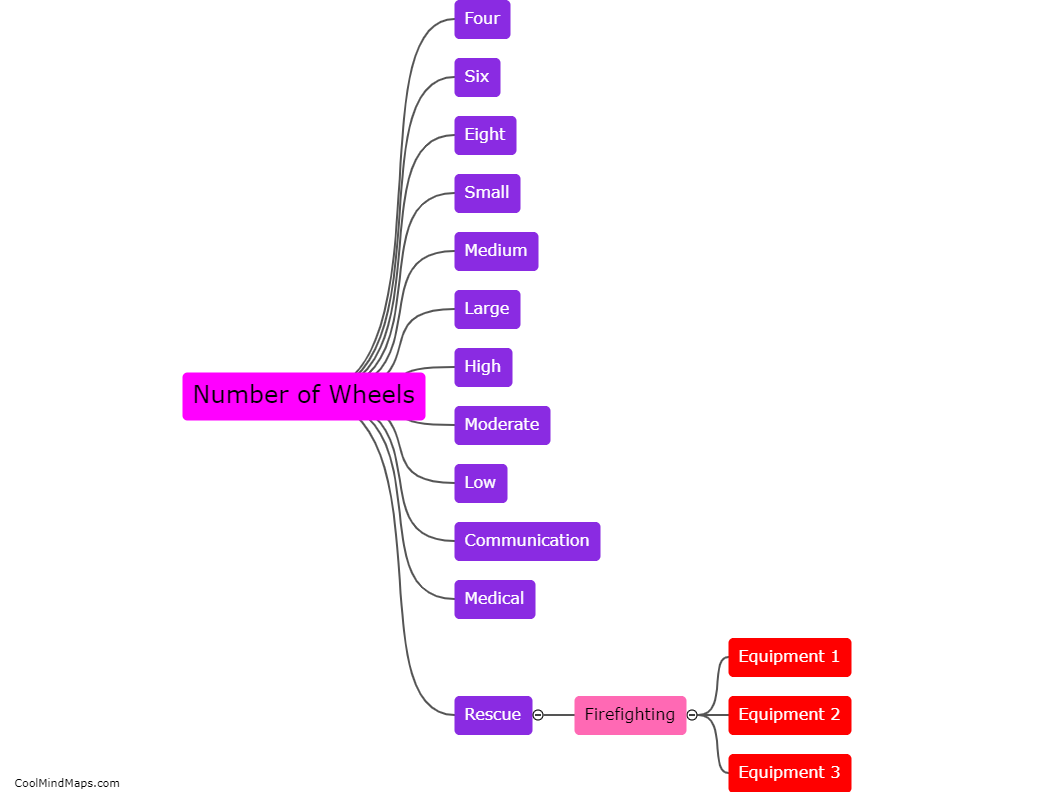What are the challenges in site directed mutagenesis?
Site-directed mutagenesis is a technique widely employed in molecular biology to introduce precise changes in the DNA sequence of a gene. However, it comes with its set of challenges. One major challenge in site-directed mutagenesis is the difficulty of achieving high mutation efficiency. Depending on the method used, the success rate in generating the desired mutation can vary, often resulting in a mix of desired and undesired mutations. Another challenge is the presence of repetitive sequences or sequence motifs, which complicate the design of primers. Moreover, the larger the mutation, the more challenging and less efficient the process becomes. Additionally, some genes are known to be inherently difficult to mutate due to their complex structure, make-up, or location within the genome. Therefore, researchers must navigate these challenges while employing various techniques and strategies to ensure successful site-directed mutagenesis.

This mind map was published on 19 November 2023 and has been viewed 84 times.











